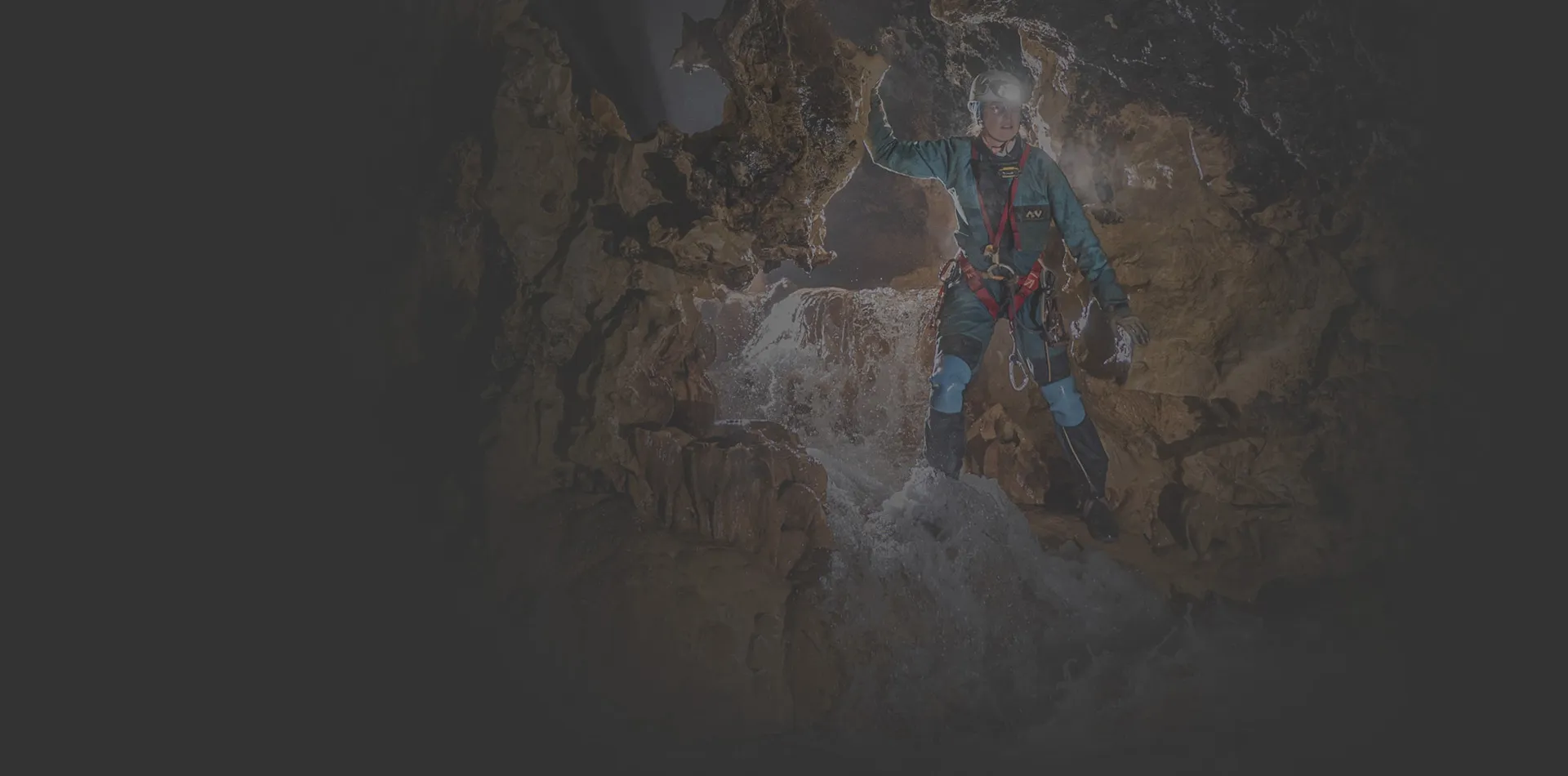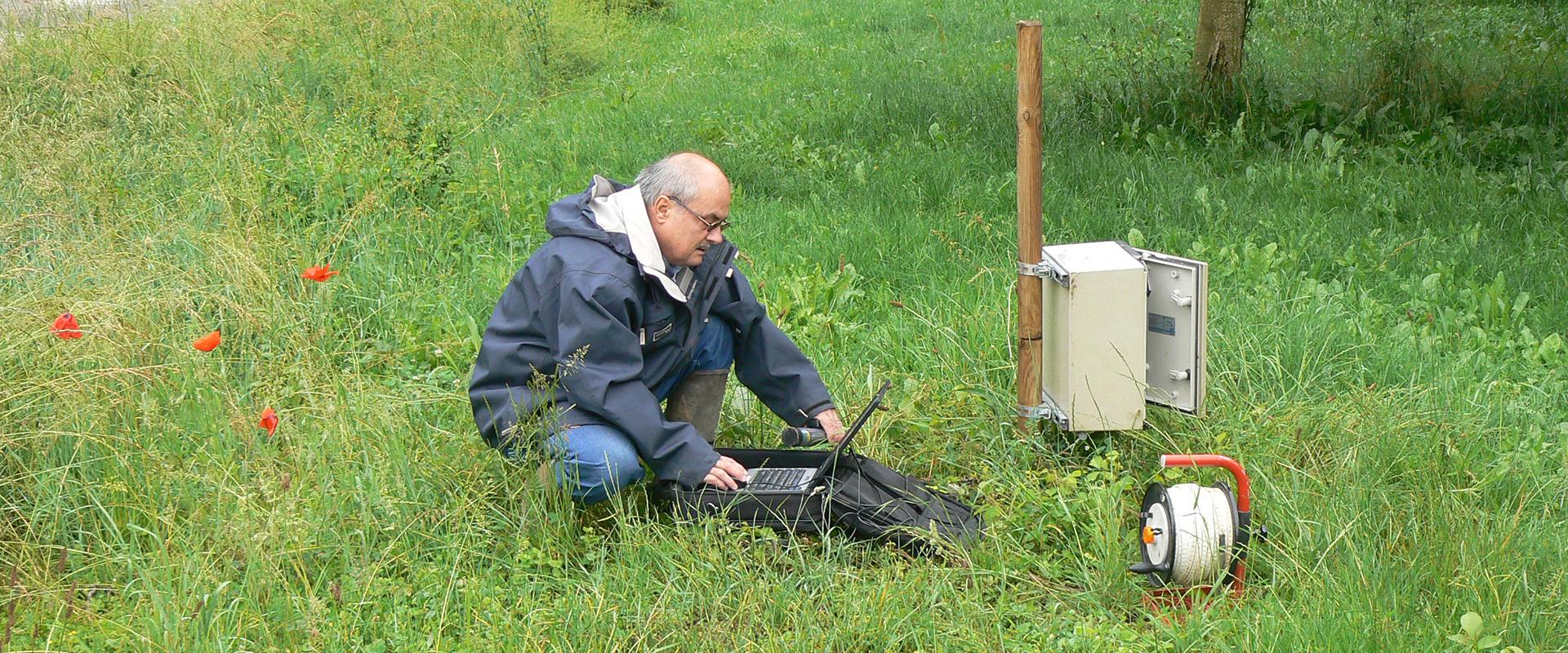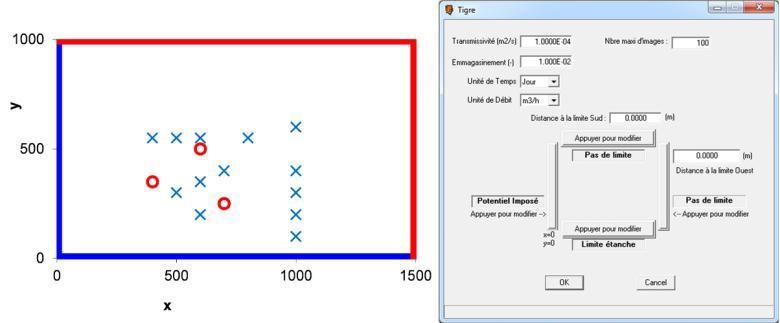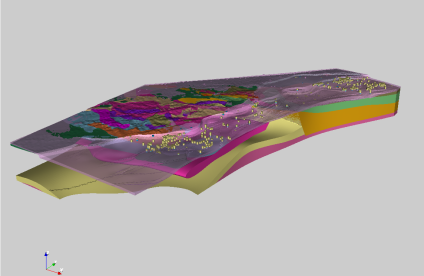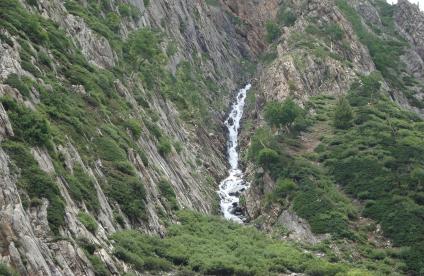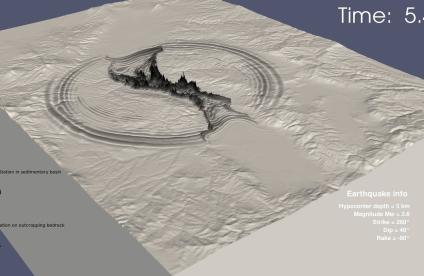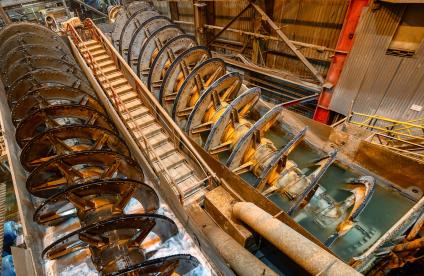TIGRE is the acronym for "Theory of Images in a Rectangular Geometry".
TIGRE functions
TIGRE uses an analytical solution method based on image theory. This makes it very quick and easy to use.
The groundwater body may be infinite in extent or have 1 to 4 boundaries.
Each of these boundaries may be selected as:
- impermeable: faults or outcrops.
- a prescribed hydraulic head limit: river, canal, lake or sea.
The aquifer must be able to be considered as homogeneous. It is characterised by:
- Uniform transmissivity: it must therefore be confined or with little variation in level compared to thickness.
- A uniform storage coefficient (confined or unconfined)
The groundwater regime must be initially in steady state, but not necessarily with a uniform hydraulic head.
On each date chosen by the user of TIGRE, the positive or negative hydraulic head variation at any point, due to pumping or injection, must be added to the initial steady state.
The calculations can include singular head losses in the pumping or injection well, but not the possible capacity effects in the well.
TIGRE can be used after a numerical simulation with MARTHE, in order to analyse the optimum distribution of wells in a well field or to take into account head losses in wells.

